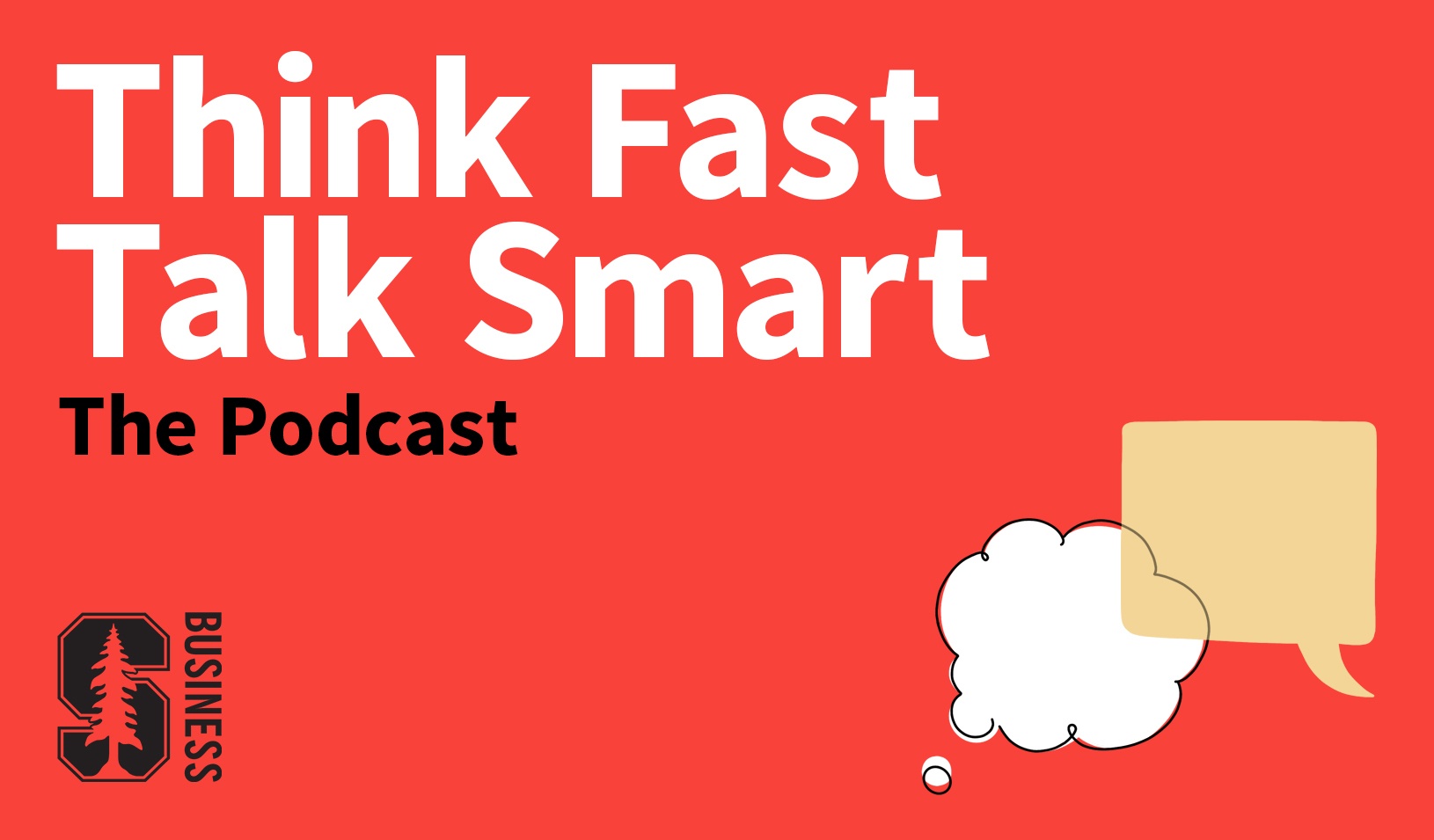How to Build Better Teams
Hiring “the best” isn’t always the brightest move.
March 26, 2020

Making sure team members have a diversity of skills can be more effective than assembling a squad of superstars. | iStock/Fizkes
“Hire the best.” For managers, that bit of business wisdom goes without saying. When you recruit new employees, recruit the most capable. When you build a team, build one with the most proficient members. The idea is so widely acknowledged and so obviously right that it barely merits acknowledgment.
It also often happens to be wrong.
Harnessing a diversity of skills rather than a roster of pure talent is often a better team-building strategy, according to a new paper coauthored by Jonathan Bendor, the Walter and Elise Haas Professor of Political Economics and Organizations at Stanford GSB.
“The conventional wisdom is implicitly set in a world of certainty. Further, it’s a world where there is agreement on goals,” Bendor says. “When you move from a world of certainty to one of uncertainty and/or from one of happy, calm agreement on goals to one in which there are sharp disagreements under the surface — then this wisdom falls apart.”
Challenging the Assumptions
To test conventional wisdom, Bendor and his longtime collaborator Scott Page from the University of Michigan built a model to consider various cases where the best approach might be a less obvious choice. The model built by Bendor and Page rests on a few fundamental assumptions.
First, people have different tools at their disposal. Engineers building a smartphone, for instance, may have a variety of different battery technologies to choose from. One of these batteries might have the highest probability of success, but other types may still be worth exploring. (Tools can be a technology like this or a technique like one of the four DNA sequencing techniques used by biochemists.)
Second, different people have different abilities with various tools. One engineer may be an expert on lithium-ion batteries, another on aluminum-ion batteries. A third may be an expert in nickel-hydrogen batteries.
Third, group and individual goals aren’t always aligned. “As any coach knows, sometimes there are too few basketballs for the egos on the team,” Bendor says. Individuals at a company may want their team to succeed, but they also have their own careers, their own ambitions to consider. “Consequently, what they would like best of all is for the team to succeed and to have it succeed because they solved the problem.”
When the Best People Isn’t the Best Policy
With this foundation, the model quickly illuminates scenarios that are both easy to imagine and that favor a managerial strategy other than simply hiring the best when teams work on hard problems.
Consider, Bendor says, a team of two people, Mary and Peter. Each is expert in a different tool, and their employer faces a challenge in which the tool that Mary knows best has a pretty good probability of finding a solution whereas the tool Peter knows best has a lower probability. On top of this, Mary completely dominates Peter in ability; any tool that Peter has in his repertoire Mary can actually apply better.
“Conventional wisdom suggests that the manager would never put Peter on a team with Mary,” Bendor says. Just put together a bunch of Marys. But this ignores the fact that because one tool has a higher probability of success, every Mary on the team might opt to use it, and so the manager gets a team of people all trying to solve a problem in the same way. When everybody’s swinging hammers and no one’s sawing lumber, the house won’t get built.
Instead, recruit Peter to the team; now the manager has somebody who, out of his own self-interest, will try using the tool with a lower probability of success because that is the tool he specializes in. “The manager then gets tool diversity out of these two agents because she didn’t hire the best,” says Bendor.
Of course, even with the right mix of tools and talents on a team, good managers must be aware that what they want and what their employees want won’t always align. Given this, managers need to think carefully about the interpersonal dynamics within each team and then offer rewards that reinforce cooperation.
“You can do exercises that enhance the weight people place on the team objective, but at the end of the day effective team management takes into account powerful personal goals, such as career interests, which may mean that the choices people on the team want to make won’t be the choices you want them to make,” he says. “What you want to do at a high level of generality is to reward people as much as possible for group success and then, as much as possible, suppress payoffs for the individual.”
For media inquiries, visit the Newsroom.
Explore More

Why Investors Throw Money at Eccentric CEOs

Unlocking the “Iron Cage” of Corporate Conformity



